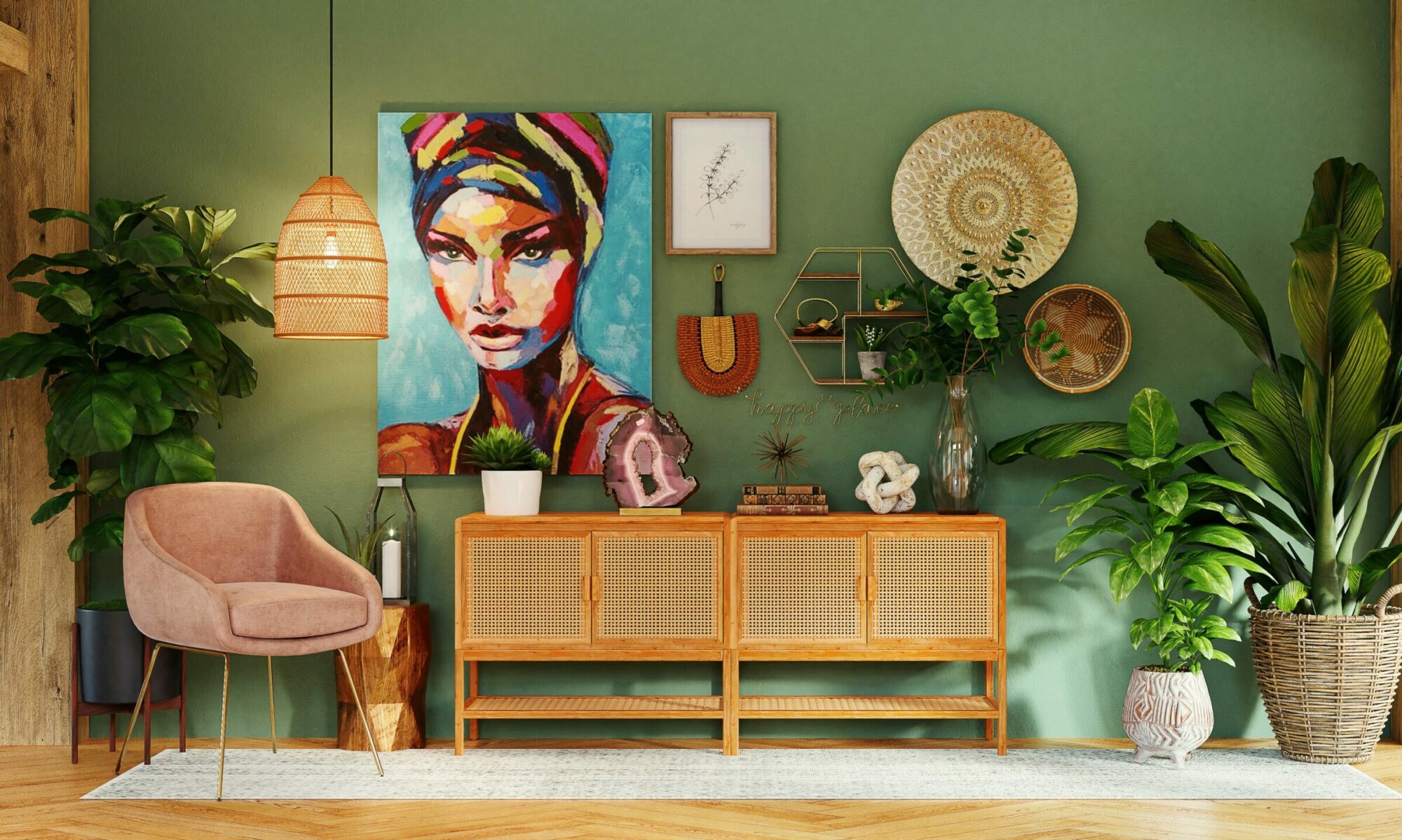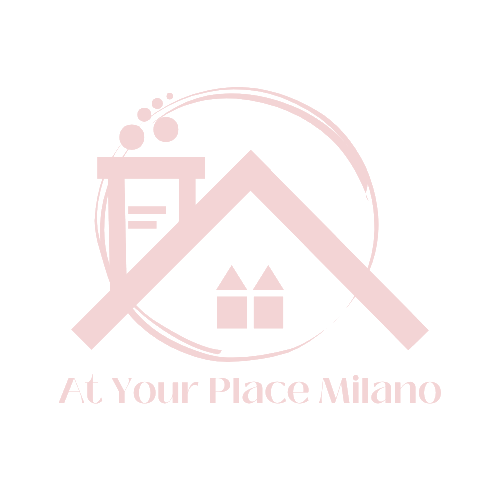Milan offers countless scenic spots for enjoyable walks, whether alone, during a lunch break, or on a beautiful winter day. One of my favorite routes is in the Porta Venezia area, where Art Nouveau (Liberty style) flourished thanks to the wealthy industrial bourgeoisie of the early 20th century.
The best way to reach the neighborhood is by taking the red metro line to Porta Venezia.
As soon as you step out into Piazza Oberdan, you can already sense the grandeur of the past by admiring the old entrance of the Albergo Diurno, now sadly out of use.
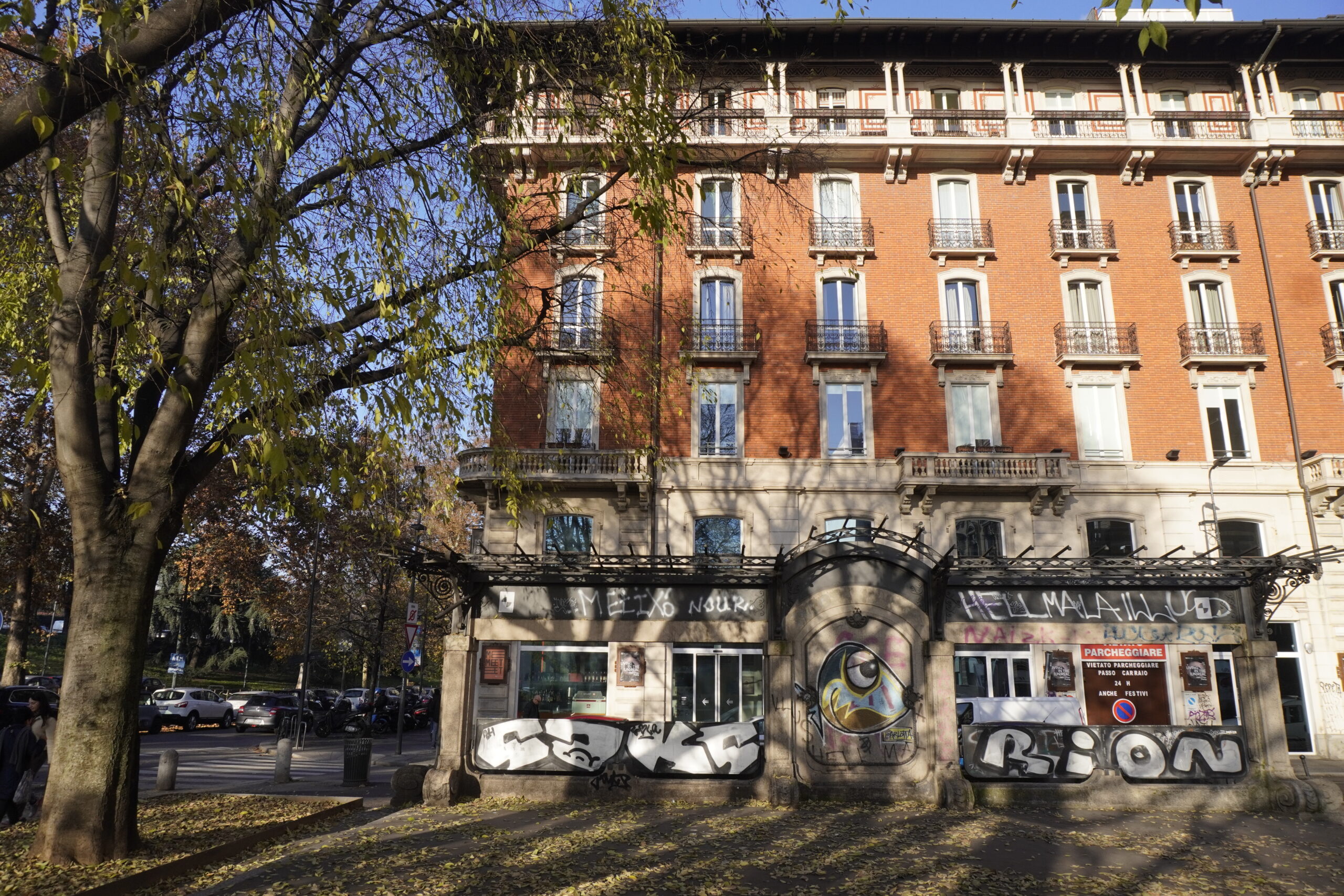
Continue now towards Via Marcello Malpighi, where you’ll find Casa Galimberti at number 3—a true gem of Milanese Liberty style. This stunning building was commissioned by the Galimberti family and designed by architect Giovanni Battista Bossi in 1903.
What immediately catches the eye are the wrought-iron and concrete railings on the balconies, along with the ornate ceramic tiles covering the façade. These tiles, painted using a fire-glazing technique, depict male and female figures intertwined with elegant floral motifs, all designed by Bossi himself.
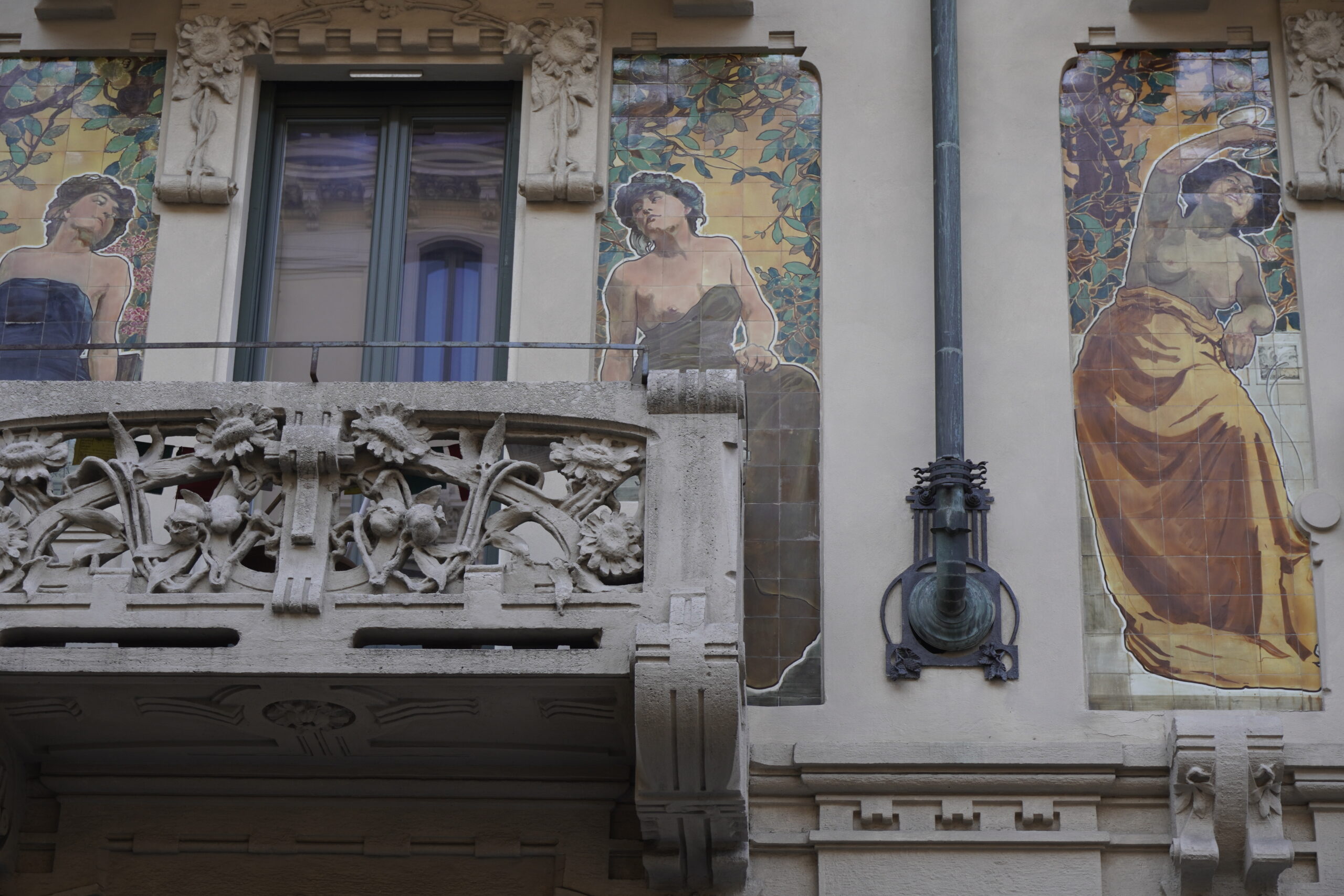
Let’s continue along Via Malpighi to reach Casa Guazzoni, located at the corner of Via Melzo (Via Malpighi, 12). This building, like Casa Galimberti, was also commissioned by Giovanni Battista Bossi around the same time.
What makes Casa Guazzoni stand out is the sculptural richness of its façade. Unlike Casa Galimberti, where ceramic tiles take center stage, here the intricate stone reliefs dominate, covering much of the exterior with elaborate floral and figurative motifs typical of the Liberty style. The decorative ironwork of the balconies and windows further enhances its artistic impact, making it one of the most striking examples of early 20th-century Milanese architecture.
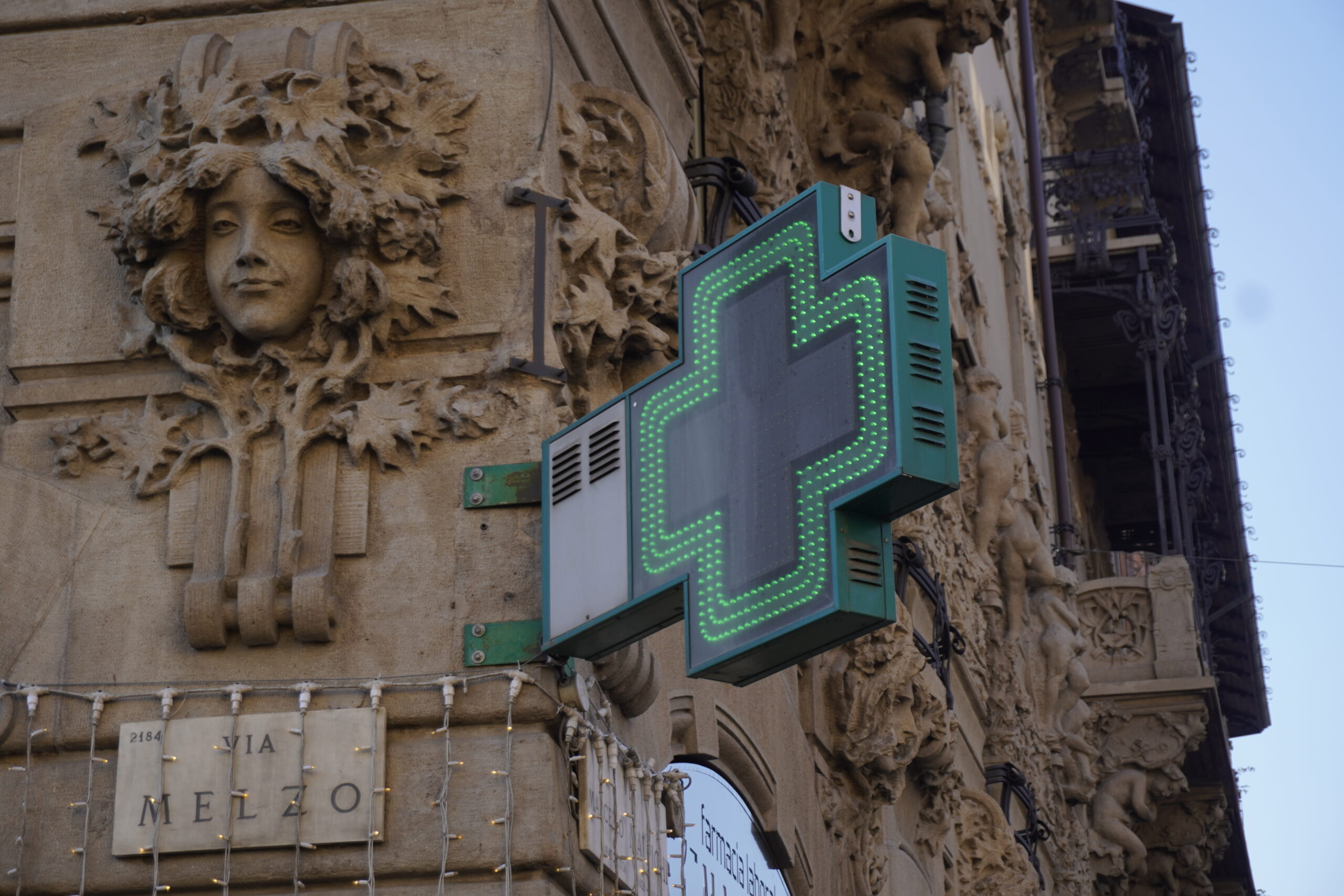
On Via Melzo, right in front of Casa Guazzoni, simply turn 90 degrees, and you’ll spot the Biblioteca Venezia, formerly the Cinema Dumont, which opened in 1910. This charming library was originally one of the first buildings in Milan designed to house a cinema. The name Dumont was chosen to evoke France, the birthplace of cinema, adding a European cultural touch to its identity.
Now, let’s head back toward Porta Venezia and make our way to Viale Piave, 42, home to the historic Sheraton Diana Majestic hotel. This elegant establishment was inaugurated in 1908 and designed by Achille Manfredini on the grounds of the former Bagni Diana, Milan’s first swimming pool, which no longer exists.
The original project included a Kursaal, a multi-purpose venue featuring a theater, restaurant, hotel, pelota court, and, of course, the famous pool. Even if you’re not a guest at the hotel, you can still step inside and enjoy a well-deserved break with a hot tea in the bar’s cozy lounge, all while admiring the beautiful garden—a hidden oasis in the heart of the city.
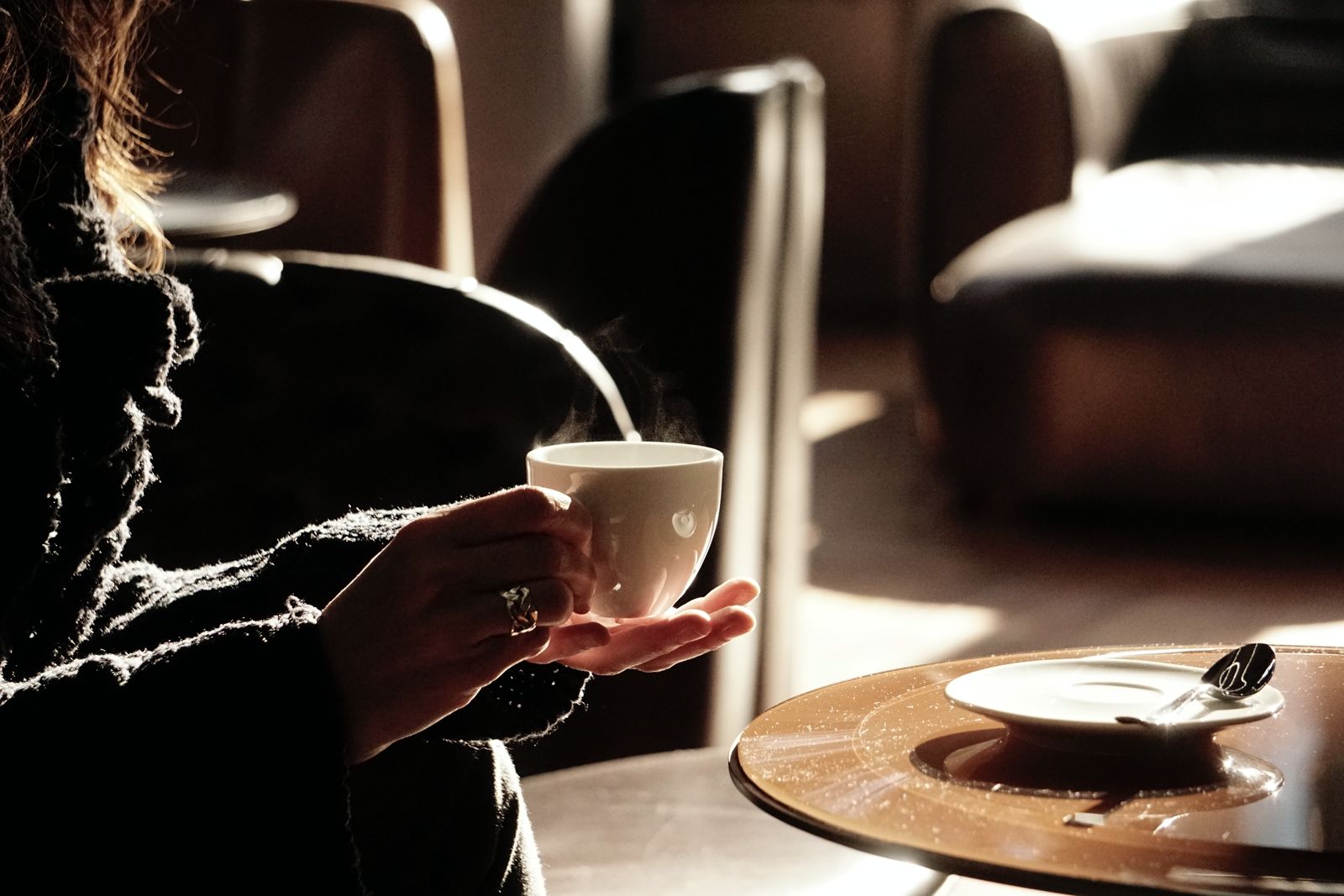
After a well-deserved break, let’s continue our walk toward Casa Berri Meregalli, located at Via Mozart 21. Built in 1911, this building stands out for its mysterious and eclectic style, blending elements of Gothic and Liberty in a truly unique way.
Unlike the more delicate Art Nouveau façades seen earlier, Casa Berri Meregalli is bold and imposing, with heavy stonework, sculptural reliefs, and intricate iron details. But don’t stop at the exterior—take a moment to step closer to the atrium, where you’ll find stunning mosaics and a breathtaking ceiling that make this hidden architectural gem even more fascinating.
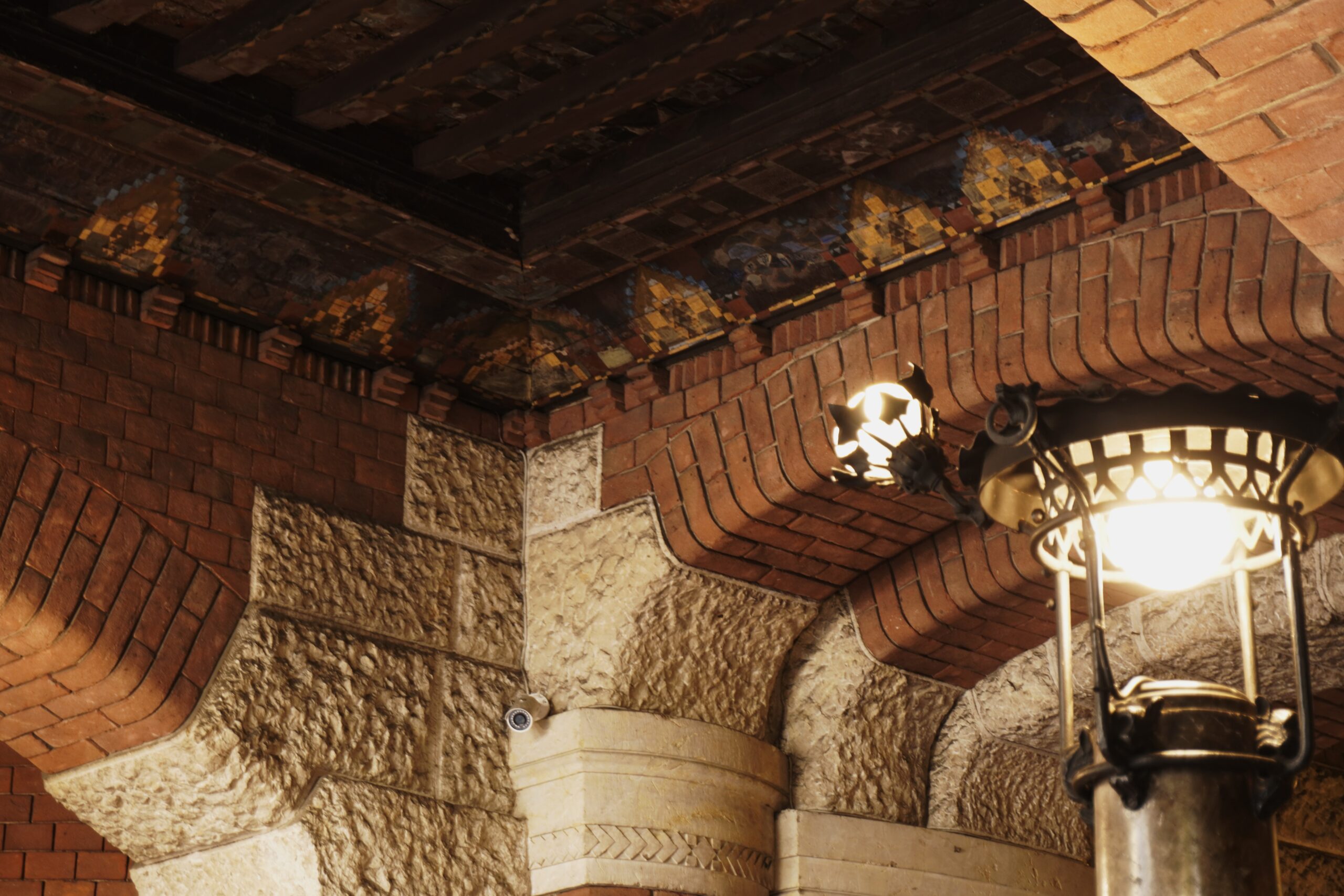
Passing by the flamingos of Villa Invernizzi and Palazzo Sola Busca (Via Serbelloni, 10), better known as Ca’ de l’Oreggia (House of the Ear), we encounter one of Milan’s quirkiest details: a giant bronze intercom shaped like an ear. In my opinion, this is the only real reason to stop here, as the rest of the building is rather unremarkable.
Continuing our walk, we reach Casa Tensi on Via Vivaio, 4. Built in 1904, it differs from the other Liberty-style buildings with its lighter color palette and bow windows, which give it a distinctly Northern European feel.
Finally, we arrive at Casa Campanini at Via Bellini, 11. Designed and built by architect Alfredo Campanini in 1904, this building echoes Casa Guazzoni, bringing us back to the floral themes of the Liberty style. The grand iron entrance, flanked by monumental statues, is impossible to miss. Campanini drew inspiration from the nearby Palazzo Castiglioni, a masterpiece of architect Giuseppe Sommaruga on Corso Venezia.
And with that, my Liberty tour of Milan comes to an end! But this Art Nouveau journey doesn’t stop here—there are countless other stunning buildings scattered throughout the city, waiting to be discovered.
Most of the palaces I’ve mentioned are not open to the public, as they remain private residences. However, during FAI Heritage Days, some of these hidden treasures occasionally open their doors for visitors. Keep an eye out—you never know what you might get to see!
